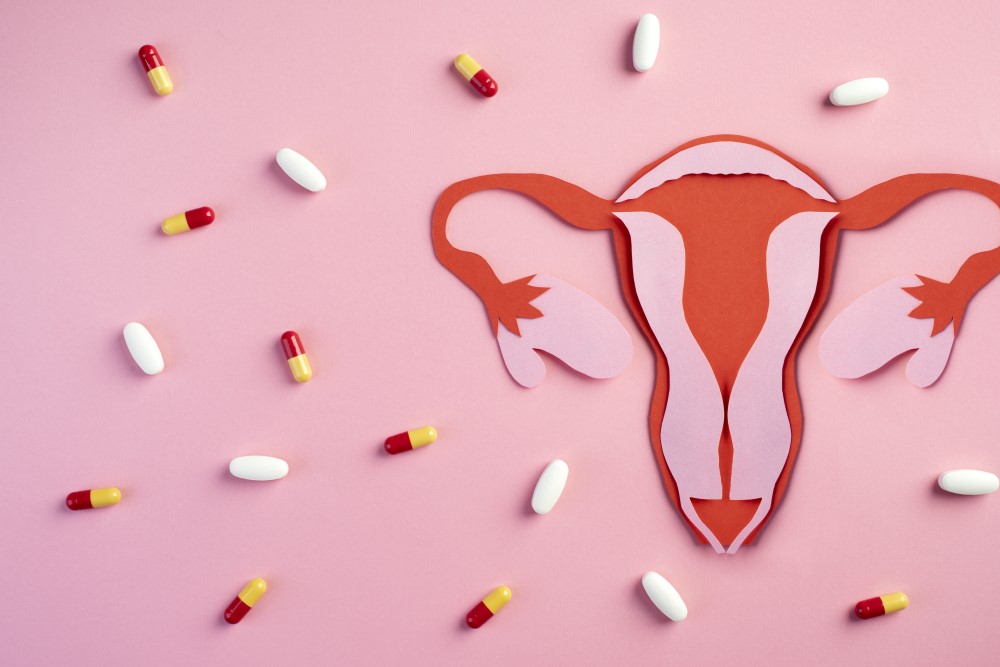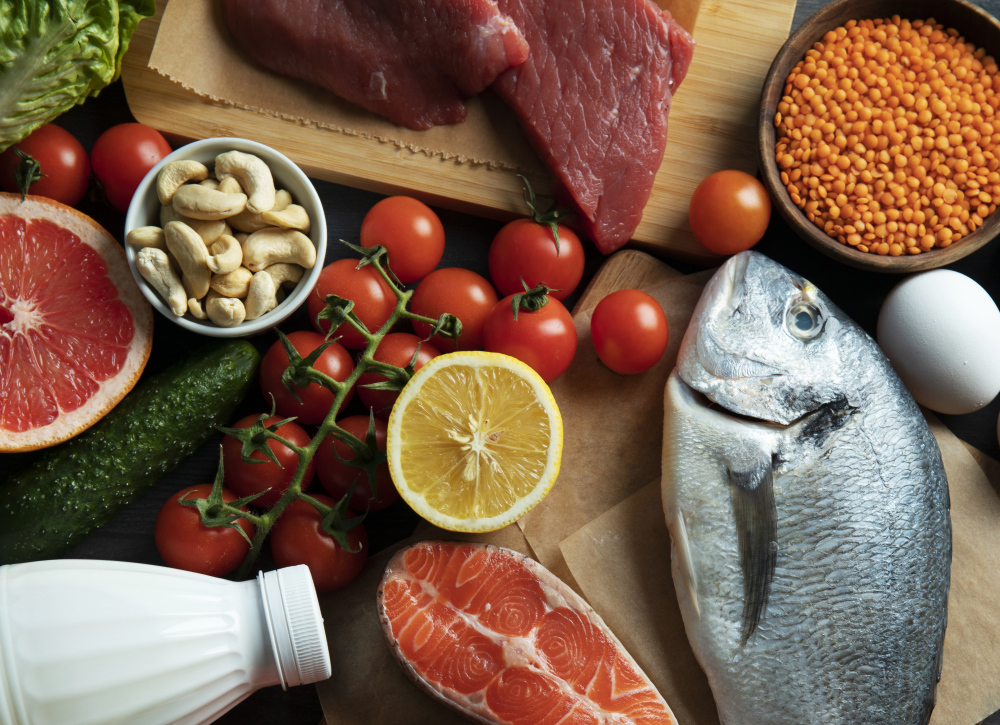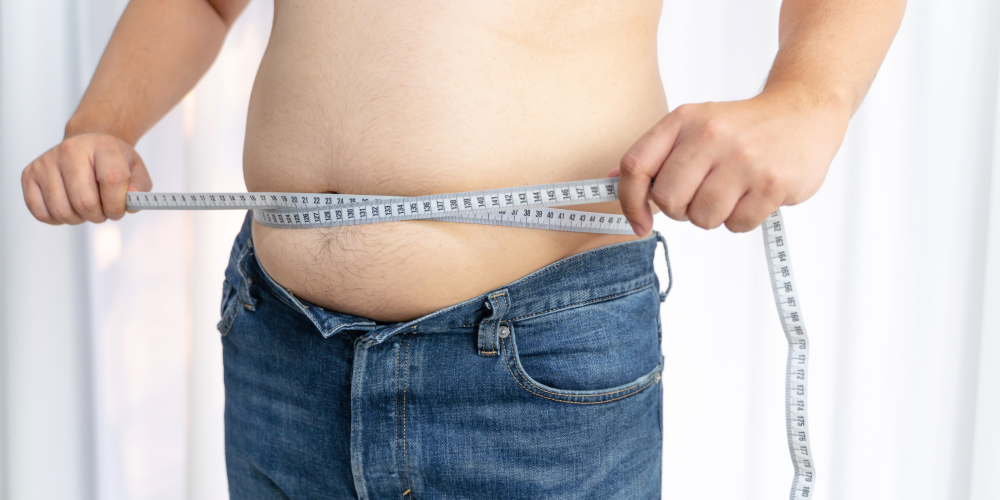Debunking 5 muscle myths
More often than not, we hear in the gym or read online these muscle myths that probably have their origins in the so called “bro science”. Today, we will go over 5 of the most common myths and debunk them with some science.
- Trained muscles need 48 hours of rest.
How long a trained muscle needs to be fully recovered and ready to be trained again depends on many factors, including the volume and intensity of your training, how well you eat and rest, and your hormonal environment.
One thing to be considered is that pretty much any given exercise will recruit more than one muscle group. When you’re training chest, for example, you’re also loading your shoulders and triceps. By training your back, you’re recruiting a lot of biceps and forearm fibers. Not to mention your core muscles, that are used for stabilization pretty much all of the time.
Eventually, you’ll reach a point where it’ll get really difficult to add more weight or reps to your training, that’s when you might want to manipulate the frequency of your workouts to break a plateau, for example. At this point, mixing different kinds of stimuli can be extremely beneficial for your overall progress.
- You’ll get better results with a body-part split.
While it’s true that most bodybuilders follow a body-part split, you don’t need to do it to get your best results. Upper/Lower, Push/Pull/Legs and even Full Body splits can be great for you, specially if you’re not able to hit the gym as often.
Studies have already demonstrated that full-body workouts induce greater or at least similar hypertrophic response compared to 3-way and body-part splits, as long as you’re able to rotate properly between the exercise variations (for example, if one day you do a standard shoulder press, the next day do lateral raises and so on).
- Muscle recovery requires complete inactivity.
Most people think of “rest days” as days in which they avoid all kinds of physical activities in order for their muscles to recover.
In fact, de-load weeks, where you dial back the intensity of your workouts, are better than not hitting the gym at all. Also, light stretching and cardio will reduce soreness and speed your recovery by improving blood circulation throughout the body.
- You won’t gain muscle on a caloric deficit.
The amount of muscle you gain depends on many factors, including how advanced you are, your overall training volume and intensity, how much quality rest you get, how you eat, and of course, how favorable are your hormone levels.
As long as your caloric deficit is moderate (about 500 calories) and you’re training and eating properly, you should still be able to make gains.
Sure, if you’re on a caloric surplus you might just be able to make more gains, but not by much. You’ll probably also gain a decent deal of fat, which you’ll have to cut later, so in the end if you don’t need to put on massive size, it’s best to just eat at your equilibrium rate or have a slight deficit you want a lean physique year around.
- Feeling sore means a good workout.
The misconception that soreness means gains comes from the idea that you build muscle by “tearing” your muscle fibers and allowing them to recover bigger and stronger, but it’s a little bit more complicated than that.
Muscle soreness has to do with many other factors, such as lactic acid buildup, your fitness level, and how sensitive your nociceptors (pain receptors) are, and is not directly related to real hypertrophy.
Do you think that if your soreness can be reduced with things like stretching, warming up, ice cold compressions and such it means your workout was less effective? Of course not.









